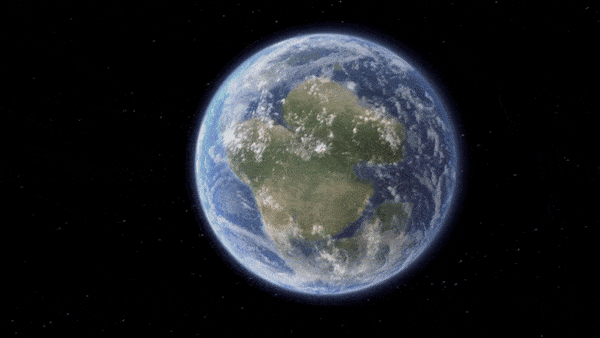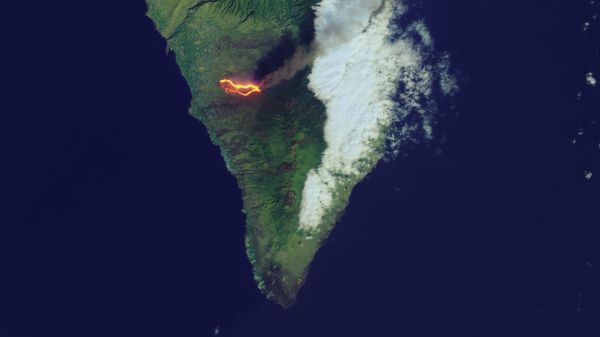When you buy through links on our land site , we may clear an affiliate military commission . Here ’s how it function .
The effects of a massive volcanic outbreak in Peru more than 400 years ago might have significantly bear upon lodge and agriculture man - astray , according to a new study of historic records . Huaynaputina conflagrate in southern Peru on Feb. 19 , 1600 , drive volcanic mudflows that destroy Village for many international mile around and puke a immense pillar of fume and ash into the atmosphere .
The clap of Huaynaputina represents the large knowneruptionin South America in the past 500 years , said study leader Ken Verosub of the University of California , Davis .

Tornado Science, Facts and History
Global coolingLike many other volcanic eruptions , Huaynaputina injected a expectant amount of sulfur into the atmosphere . sulphur reacts with water in the air to form sulfuric loony toons droplet , which reflect some of the sun hitting Earth , foreclose rays from reaching the control surface . The reduction in sunlight cools the surface for a year or so , until the droplet lessen out of the atmosphere . The most recent face of this cooling from a volcanic bam occurred when Mount Pinatubo , in the Philippines , blow its top in 1991 . planetary temperatures dropped by about 1 arcdegree Fahrenheit ( 0.5 degrees Celsius ) the following year . ( scientist have advise schemes toartificially inject sulfurinto the atmosphere to sabotage the burden of worldwide thawing . ) subject field of tree rings have shown that 1601 was a inhuman yr ( trees grow less in colder geezerhood , so the ontogeny ring corresponding to those years are not as wide ) , but no one had looked through phonograph recording to see how the eruption impacted companionship globally . " We jazz it was a bragging extravasation , we do it it was a cold year , and that ’s all we knew , " Verosub said . Other historical eructation , such as Indonesia ’s Tambora in 1815 , had well - document effects on spherical USDA . Verosub and undergraduate pupil Jake Lippmann comb through records from the turn of the 17th century in Europe , China , Japan and the Spanish and Lusitanian colony in South America to investigate the eruption ’s potential impacts . Famine , freezes and late harvestsHere is what the geologists found : In Russia , the period from 1601 to 1603 bring the regretful famine in the country ’s history , leading to the overthrow of the tsar . Records from Switzerland , Latvia and Estonia mention the exceptionally cold winters from 1600 to 1602 . The 1601 wine-colored crop in France was late and wine production collapsed in Germany and compound Peru . In China , peach tree bloomed late , while in Japan , Lake Suwa had one of its earliest freezing dates in 500 twelvemonth . " In one good sense , we ca n’t prove that the volcano was responsible for all this , " Verosub say , " but we hope to show that 1601 was a consistently risky year , connect by this event . " The finding are elaborate inEos , the hebdomadal newsprint of the American Geophysical Union . Verosub also plans to try records kept by the Jesuit purchase order of the Roman Catholic Church in Seville , Spain , and by the Ming Dynasty in China .


















